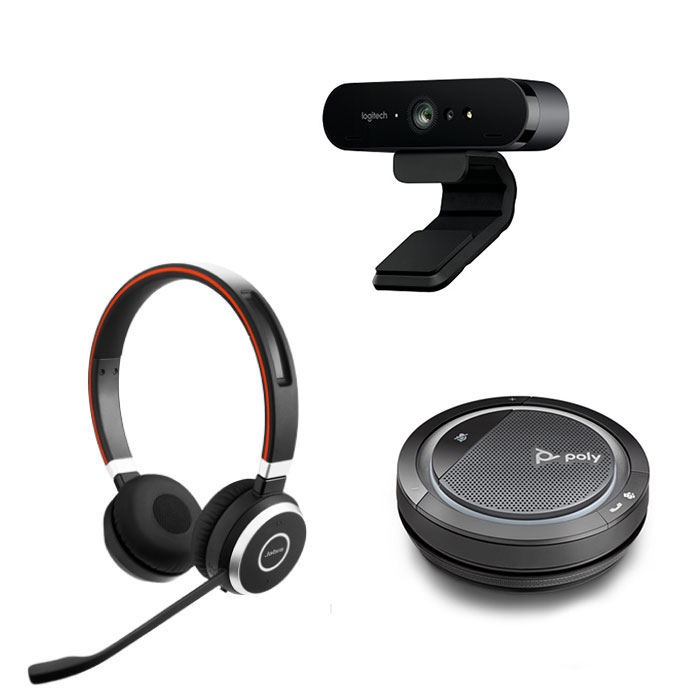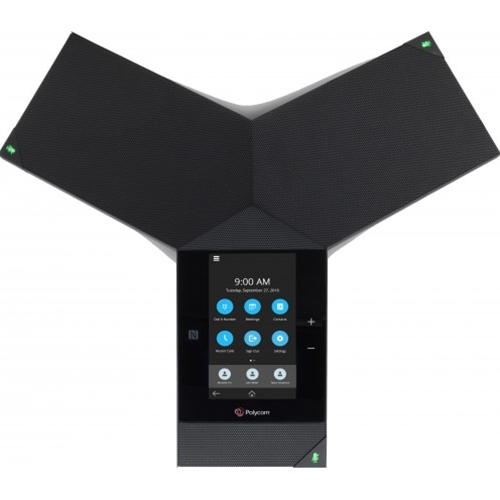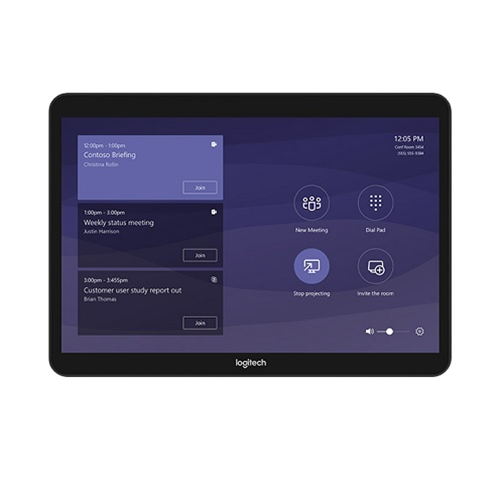Overcoming the Pitfalls of Open Plan Offices with Technology

Around 70% of US workplaces are open plan. Originally intended to break down the figurative (and literal) walls between workers and promote communication, camaraderie and collaboration, open plan offices have grown in popularity in recent years.
The Noise Problem
Since the emergence of open plan offices, various pros and cons have been identified. The biggest criticism, felt and voiced by around 50% of open office workers, is reduced concentration and productivity as a result of increased background noise and lack of sound privacy. It’s a valid concern as noise distraction in open offices has been seen to double the loss of productivity compared to private offices.
Research shows that even when noise is not excessively loud, the type of noise generated by audible conversations can be the most disruptive and stressful due to both its intelligibility and the resulting loss of privacy of both the speaker and the listener.
It’s no surprise that background noise can be so disruptive. In fact, according to the National Institute for Occupational Safety and Health, it can even negatively impact your health by increasing stress levels and aggravating stress-related conditions such as high-blood pressure, ulcers, and migraines. The science checks out: the cortisol released to help the body cope with stress impairs your emotional learning center, the part of your brain responsible for planning, reasoning and impulse control, and short-term memory—all of those abilities that make you work effectively.
But it’s just a matter of time before we adjust, right? Wrong. There is no adapting to a noisy environment and effects will worsen over time and continued exposure. A study led by Gary W. Evans in Munich showed that children in a school near a noisy airport struggled to persist with challenging tasks and suffered impaired long-term memory. When the airport shut down, the children’s long and short-term memory improved. When the airport reopened in another part of Munich, the local children began to exhibit impaired long-term memory, reading, and speech perception.
So, if working in a noisy environment makes you feel anxious, forgetful, and foggy — feel justified. Noise isn’t just an irritant; it is actually inhibiting your ability to function.
Applied Technology Solutions
Open plan offices aren’t going away anytime soon. But there are numerous unified communications solutions that can help combat noise interference and boost productivity in open plan environments.UnifiedCommunications.com specializes in the technologies that alleviate workplace noise, enabling users to make the most of their workspaces. The following are a selection of four solutions they offer their clients to combat noisy work environments:
-
Noise Canceling Headsets
The features of noise canceling headsets keep getting better. Plantronics' Voyager Focus UC is specifically designed to reduce noise for employees who work in open, collaborative, and remote workspaces, and tackle the issue of noise privacy. The wireless, Bluetooth enabled headset allows a flexible solution for workers battling background noise, providing Active Noise Canceling features to cut out the cacophony and hi-fi stereo sound to create your own little bubble of calm and ensure improved sound quality during phone calls. The Plantronics Voyager Focus is one of many headset solutions that cancel out workplace noise. Other such options include the Plantronics Blackwire C725 and the Jabra Evolve. -
Presence Indicators
The Kuando Busylight is a visual presence indicator that work with both hard phones and softphones, such as Microsoft Lync/Skype for Business and Cisco Jabber. Busylights provide a solution to keep workflow high and interruptions low, and bring the concept of presence from the digital world into the physical workplace. -
Sound Masking
To tackle the noise problem on a larger scale, many organizations employ sound masking technologies that broadcast consistent and soothing background sounds throughout the office environment, such as white noise or water sounds that are designed to hide and absorb jarring and intelligible sounds. Because so many sound masking solutions exist, it is best to consult an expert to determine the right combination of solutions for your office need. -
Huddle Rooms and Meeting Rooms
Huddle rooms and meeting rooms are another way to counter the distractions and stresses found in the open office concept. Incorporating the newest collaboration technology such as digital whiteboards, video conferencing, and desktop sharing applications, a well-equipped small to large meeting room can serve as a peaceful haven where open plan workers can concentrate and connect with colleagues and clients alike. -
Unified Communications (UC)
New unified communications solutions like Microsoft’s Skype for Business and Cisco’s Jabber allow people to choose when to concentrate and when to collaborate. These tools are especially powerful in a disruptive open office environment when combined with UC-integrated headsets, phones, web cams, meeting room systems and a wide range of similar devices.
Open plan workplaces present challenges, but so does any work environment. Luckily, by applying technology to combat the problem, you can help shape a happier, more comfortable, and more productive work environment — without putting back the walls.
Need a technology partner specializing in workplace collaboration technology?
UnifiedCommunications.com works closely with our customers to find the right combination of workplace technology solutions to not only tackle noise and privacy issues, but to greatly enhance the overall collaboration experience.If you need expert advice on how you can improve your workplace, contact Ryan Herbst @ 800-641-6416 X 121.
 Cookies seem to be disabled in your browser.
Cookies seem to be disabled in your browser.








